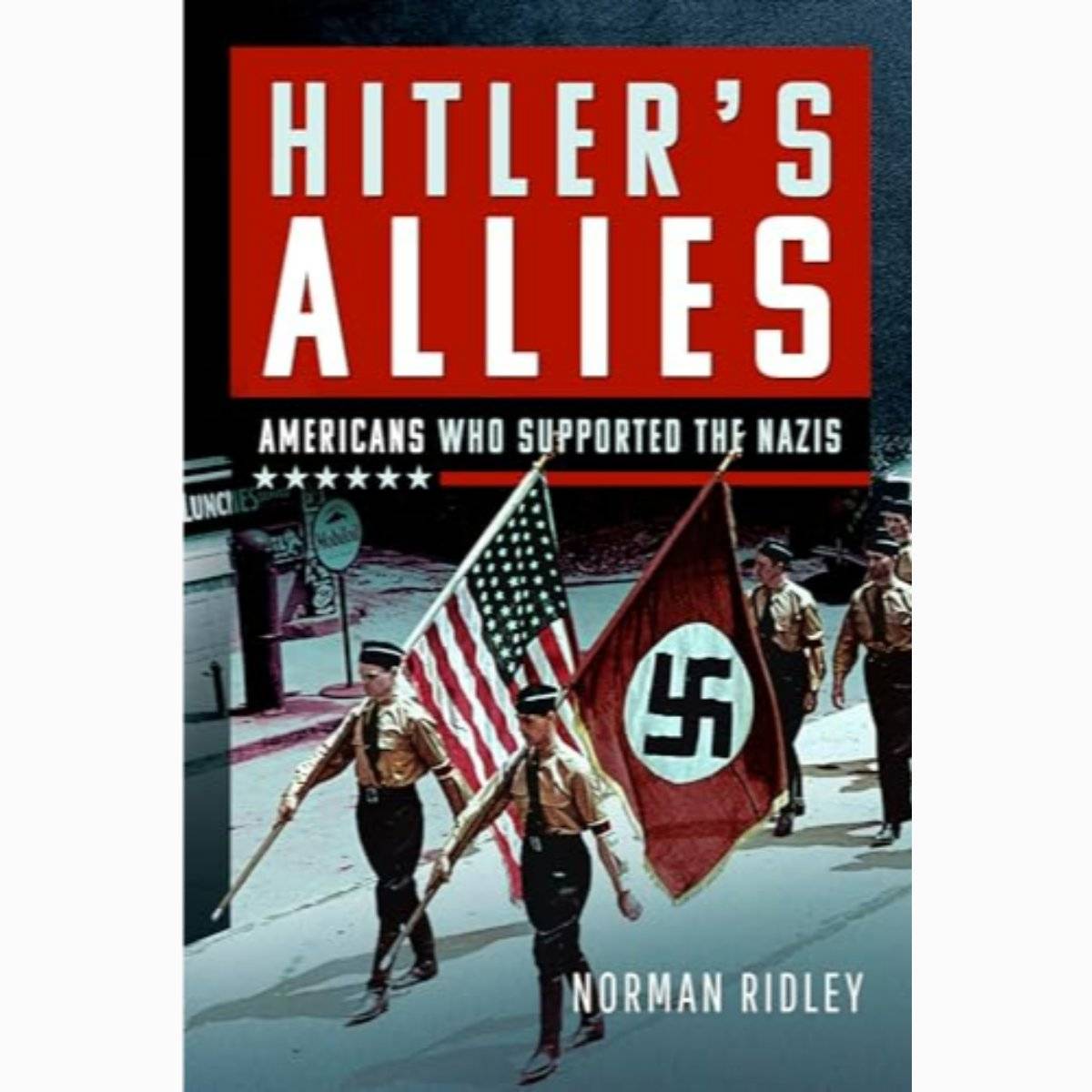
This book looks at the roots of & rise of fascism in the USA before the Second World War. Starting off with the reappearance of the KKK in the 1910s, through the forming of the American-German equivalents of Hitler Youth, to the companies who dealt with the Nazis both before & during the war.
It was an interesting if densely packed read. There's a lot of information here which has obviously been carefully researched but (continued)
29 likes3 comments







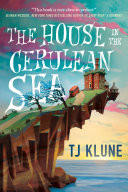
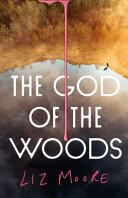

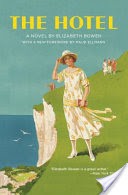
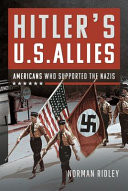







My thanks to #NetGalley & publishers, Pen & Sword/Frontline Books, for the opportunity to read an ARC.
Full Review: https://www.goodreads.com/review/show/6613095087
Read 27th June -16th July 2024
#ReadAway2024 @Andrew65 @DieAReader @GHABI4ROSES 2mo